Sint-Denijs-Westrem
Sint-Denijs-Westrem | |
|---|---|
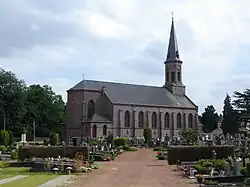 St Denis Church | |
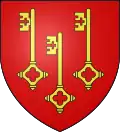 Coat of arms | |
Location of Sint-Denijs-Westrem | |
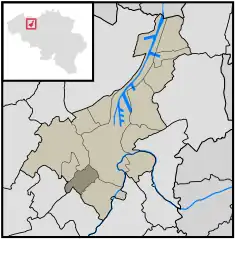 Location of Sint-Denijs-Westrem in Ghent | |
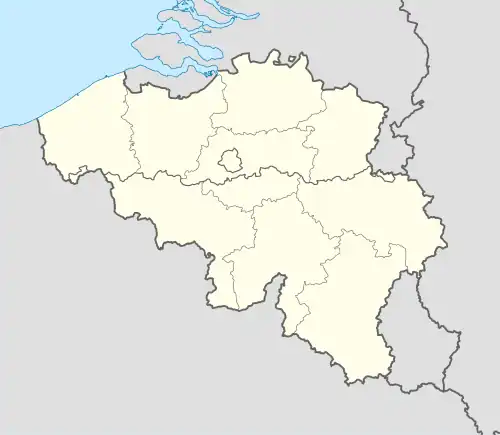 Sint-Denijs-Westrem 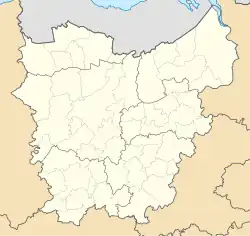 Sint-Denijs-Westrem | |
| Coordinates: 51°01′17″N 3°40′08″E / 51.02139°N 3.66889°E | |
| Country | |
| Community | |
| Region | |
| Province | |
| Arrondissement | Ghent |
| Municipality | Ghent |
| Area | |
• Total | 6.24 km2 (2.41 sq mi) |
| Population (2020-01-01) | |
• Total | 5,545 |
| • Density | 890/km2 (2,300/sq mi) |
| Postal codes | 9051 |
| Area codes | 09 |
Sint-Denijs-Westrem (Dutch: [ˌsɪn dəˈnɛis ˈʋɛstrəm]; French: Saint-Denis-Westrem) is a sub-municipality of the city of Ghent located in the province of East Flanders, Flemish Region, Belgium. It was a separate municipality until 1977. On 1 January 1977, it was merged into Ghent.[1]
History
Sint-Denijs-Westrem lies on the Roman road between Kortrijk and Ghent. Archeological digs on the Flanders Expo site have shown significant signs of settlement from prehistory through the Middle Ages.[2]
During the late Middle Ages the castles of Idewalle, Borluut, Darupt, Hof ten Broecke, Maaltekasteel were built in and around the Sint-Denijs-Westrem area.
In 1858, architect, artisan and designer Jean-Baptiste Bethune moved his studio from Bruges to Sint-Denijs-Westrem.[3]
The town square ("Gemeenteplein") was built between 1895 and 1899.
Until the 20th century the area was mainly agrarian and sparsely populated; from the second half of the 20th century on the village has been steadily more densely built up, with many castle grounds subdivided for housing development.